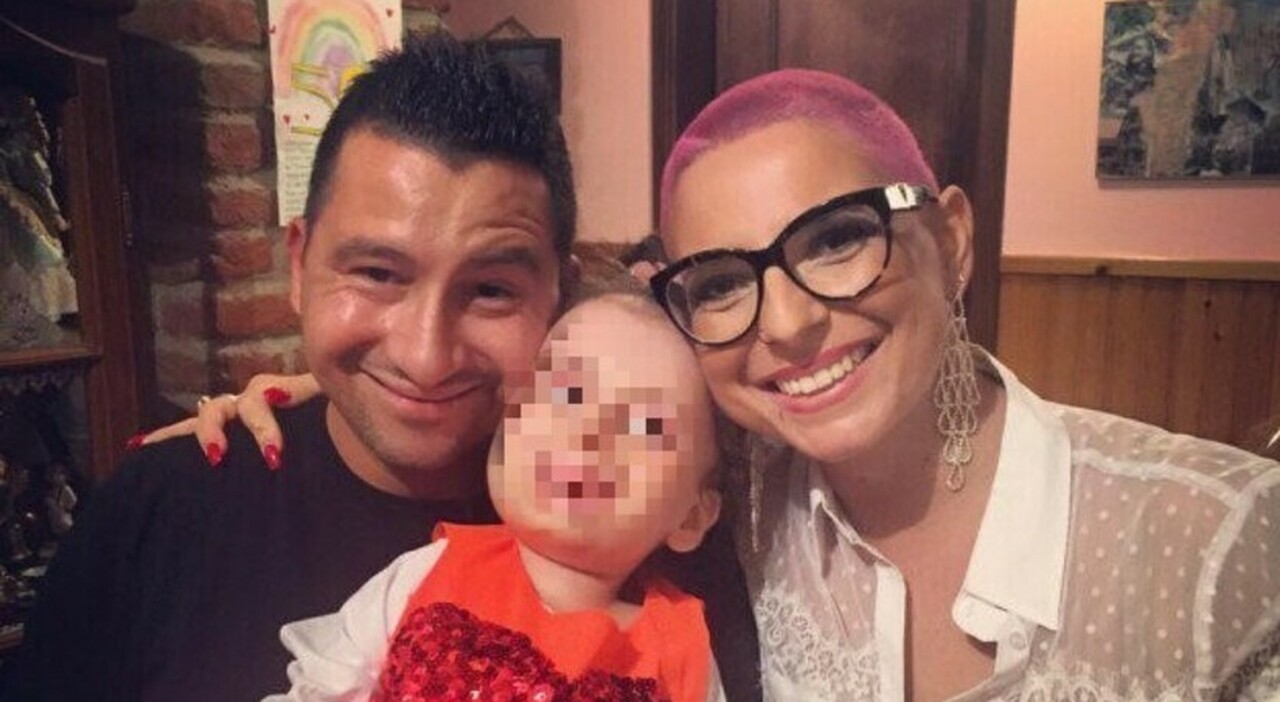The “Stone Girl Syndrome”, a mysterious rare disease that killed Beatrice at the age of 8 in 2018, now has an explanation. An international group of researchers, coordinated by Elisa Giorgio of the University of Pavia and the Mondino Irccs Foundation, understood why her body had been transformed into a rigid armour, with no possibility of moving arms and legs. Her death had occurred on the evening of February 14 at the Regina Margherita hospital in Turin, where Beatrice had been hospitalized, following cardio-respiratory arrest.
The strange disease of the little girl had already appeared in the first weeks of her life, with a rapid and disabling evolution. But the various genetic analyzes had immediately excluded this pathology. In 2010 the little girl was examined in the pediatric genetics clinic of the Regina Margherita of the Città della Salute in Turin, for swelling of the joints.
Radiographs and CAT scans had reported calcifications that were transforming the cartilage into bone tissue. The joints of the little girl were therefore blocked, no specialist could understand why. The parents had also created a non-profit organization, to make the case known, while the aunt had published the book “#Light as a feather – Bea’s world“, published by Pathos Edizioni.
The scientific explanation
The study, published in Nature Communication, has now shown that the problem was due to a specific gene producing a protein in much higher quantities than usual, but above all in the wrong tissue, namely cartilage.
The child’s illness bore similarities to ‘Fop’, Fibrodysplasia ossificans Progressiva, a rare genetic disorder in which muscle and soft tissue are gradually replaced by bone.
It was discovered that Beatrice’s pathology was caused by a mutation in the Acvr1 gene, responsible for the information necessary for the formation of bone tissue in the skeletal districts. When this gene mutates, it sends an abnormal signal to various tissues, which progressively calcify and turn into bone.
The research team has identified a unique chromosomal abnormality, never described before in the literature: a double segment of chromosome 2, inserted on the X chromosome of the girl. Only in recent years, however, has technology made extremely complex approaches available to researchers to study these chromosomal abnormalities. The research thus made it possible to understand that the extra piece of chromosome 2 contained regions capable of activating genes on the X chromosome in the wrong tissues. In particular, the Arhgap36 gene was shown to be the one that produced a protein in abnormal quantities.
The long journey to the truth
The international group that worked on the case of “Bea” started from the reports of pediatricians on the clinical picture: Giovanni Battista Ferrero and Margherita Silengo of the University of Turin, the laboratory of medical genetics and rare diseases of Alfredo Brusco of the Città della Salute of Turin and the University’s Department of Medical Sciences.
Collaboration was needed to understand the complex mechanism underlying the disease
with various Italian experts, such as Marco Tartaglia of the Bambin Gesù pediatric hospital in Rome and Massimo Delledonne of the University of Verona, and foreign experts, including Professor Malte Spielmann of the University of Lübeck and Kiel, in Germany.
«Research takes time and is built on the knowledge that scientists gradually accumulate. In 2010 we didn’t have the technological means or the basic knowledge to understand Bea’s disease», commented Elisa Giorgio, coordinator of the group of researchers. After 13 years, the case has been resolved. Finally Beatrice can rest in peace.
